© Use of content without authorization is prohibited

Veneto
Belluno Padua Rovigo Treviso Venice Verona Vicenza
Even though I have never lived here, I am half Venetian; this means that every time I come here I feel at home. This region has everything: unique mountains like the Dolomites, dreamlike hills like Valpolicella, plains, low coasts with immense golden beaches, a lagoon, territories like Polesine, immortal cities like Venice, cities full of charm like Verona and Padua, a myriad of small towns with castles and dreamlike villas... And then here the Po and the Adige, the two longest rivers in Italy, flow into the sea; there are more than a hundred kilometers of coastline on Lake Garda, the largest Italian lake. And beautiful little-known areas like Lessinia with landscapes like an impressionist painting. Venetian cuisine is complete; among my favorite dishes are: Risi e bisi, Risotto with Treviso red radicchio, Baccalà alla vicentina with polenta, and for desserts Tiramisù or Pandoro from Verona; among the wines, the whites excel, with Prosecco from Valdobbiadene and Cartizze above all.
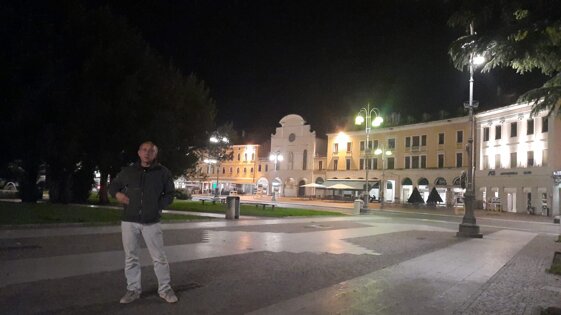
Province of Belluno
Area: 3608.86 km² Population: 197,767 Municipalities: 60
Belluno: Piazza dei Martiri
Travel photos...
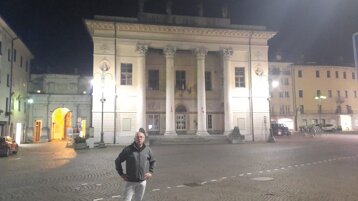
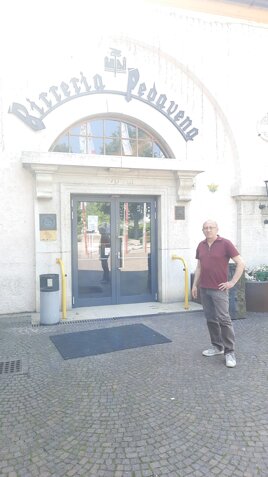
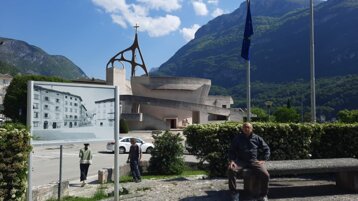
Belluno
Longarone
Dino Buzzati Theater, neoclassical style building
The new Church of Santa Maria Immacolata
Pedavena
One of the most famous breweries in Italy

Province of Padua
Area: 2145.19 km² Population: 931,469 Municipalities: 101
Padua: Basilica of Saint Anthony
Padua: Basilica of Saint Anthony
Travel photos...

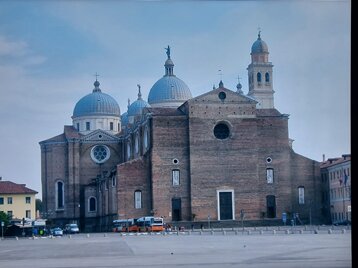
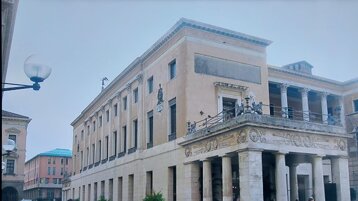
Padova
Padova
Prato della Valle, the largest square in the city with some of the 78 statues that are part of it in the foreground
Padua
The historic Caffè Pedrocchi, also known as the "Café without Doors" because a century ago it was open day and night, was at the time a meeting place for the Padua elite
Basilica Cathedral of Santa Maria Assunta, better known as the Duomo, built in the 16th century and to whose construction Michelangelo contributed

Province of Rovigo
Area: 1823.50 km² Population: 227,452 Municipalities: 50
Taglio di Po: Church of San Francesco d'Assisi
Taglio di Po: Church of San Francesco d'Assisi
travel stories...
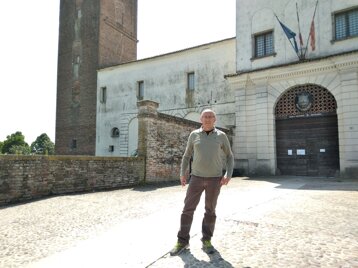
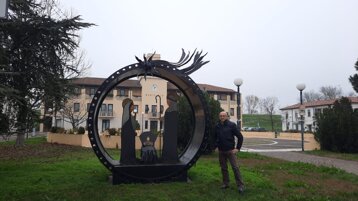

Porto Tolle
Arquà Polesine
Rovigo
On an early January day, I wandered through this scattered municipality in the Po Delta. Thus began a fascinating journey in this land, made up of several islands, located below the level of the Adriatic Sea; all protected by mighty embankments. Porto Tolle is made up of three islands and is therefore completely surrounded by water. I follow the Po di Venezia and, after crossing the bridge, I enter the island of Donzella where the town hall is located in the locality of Cà Tiepolo; a few photos in the town square where there is the statue of Ciceruacchio, the battle name of Angelo Brunetti, hero of the Risorgimento. I reach the Sacca di Scardovari to admire the characteristic houses of the mussel and clam fishermen; for the locals, this lagoon is an economic treasure; for me, it is a romantic place, never seen before. I leave this land at sunset where sun and water meet in the triumph of nature; soon it will be time to look for a trattoria to taste the specialties of Polesine.
An afternoon in the lower Veneto to breathe a bit of tranquility in the alluvial plains of Polesine. Wandering aimlessly, I found this little village between Rovigo and the Po River. After leaving the car in the large parking lot in Piazza Giovanni Paolo II, I visited the adjacent Parish Church of Saint Andrew the Apostle. This imposing religious building, despite numerous renovations, retains a beautiful façade and a superb bell tower; the interior is also worth seeing, with a few minutes of contemplation in front of the stunning main altar. A few steps away, I reach the Castle, a beautiful military architecture that was often contested between the Venetians and the Este family. This fortress, surrounded by a moat, has a large park where it is pleasant to walk; I was there out of season, but it seems it is often the venue for important events. Leaving the village, I stop to observe from the outside the current Villa Pasqualini Canato, which in the Renaissance past was an Este Hunting Lodge.
I spent a day in this quiet little town, easy to get around by car. In the evening I parked comfortably just a stone's throw from the center near the historic Porta San Bortolo; the menu at the chosen restaurant had low prices... too bad they were mini-portions; which, when added to a good Morellino di Scanzano, made for a nice sum in order to have a decent dinner. A walk in the pedestrian area; passing through Piazza Garibaldi with the elegant and illuminated Palazzo della Camera di Commercio, and in the center the statue of the Hero of Two Worlds. After passing the Town Hall, you enter the large square, the heart of the city with the nineteenth-century monument to King Vittorio Emanuele II and the important Palazzo Roncale and the ancient Palazzo Roverella. I continue in the relaxed winter atmosphere up to the monument to Giacomo Matteotti; behind him is what remains of the medieval part of Rovigo: the Castle and Torre Donà.
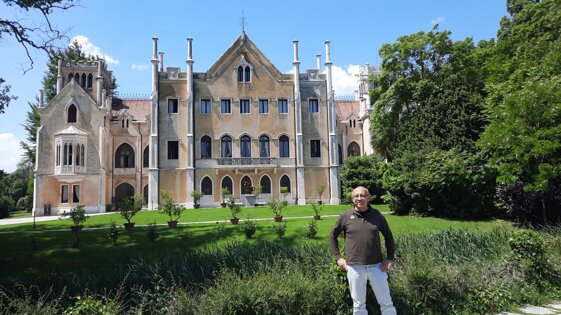
Province of Treviso
Area: 2479.26 km² Population: 878,545 Municipalities: 94
San Polo di Piave: Papadopoli-Giol Neo-Gothic Castle
San Polo di Piave: Papadopoli-Giol Neo-Gothic Castle
Travel photos...


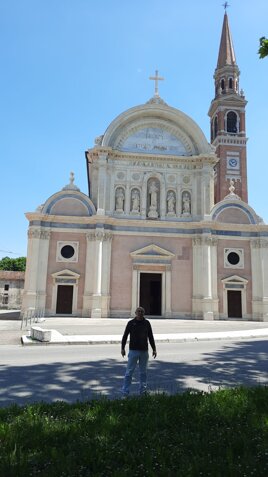
Noventa di Piave
Oderzo
Municipality
Piazza Grande with the Cathedral of St. John the Baptist
San Polo di Piave
Parish Church of the Conversion of Saint Paul
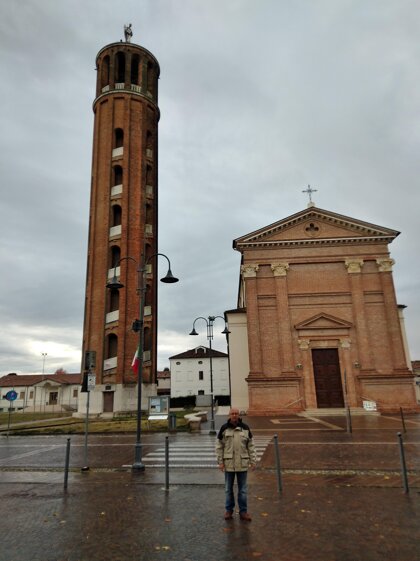
Metropolitan City of Venice
Area: 2477.50 km² Population: 834,940 Municipalities: 44
Quarto d'Altino: Church of San Michele Arcangelo
Quarto d'Altino: Church of San Michele Arcangelo
Travel photos...

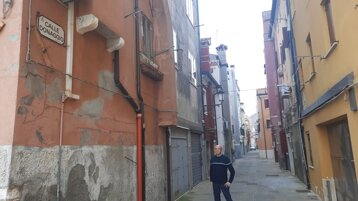
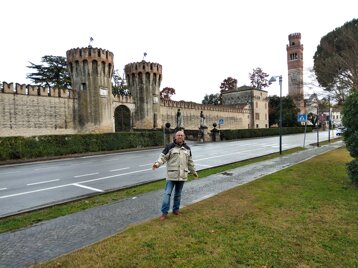
Chioggia
Cavallino Treporti
Roncade
Alley near the small port
Beach in front of the Cavallino Lighthouse
Villa Giustinian, Venetian villa surrounded by medieval walls

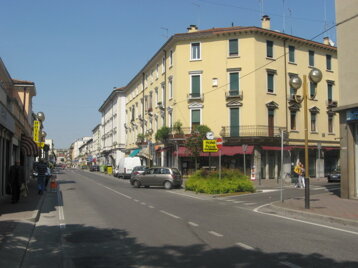

Mestre
Mestre
Mestre
Historic center, in the background the Clock Tower built in the 12th century
The very central Via Piave
Matteotti Gallery, designed and built in the Art Nouveau style

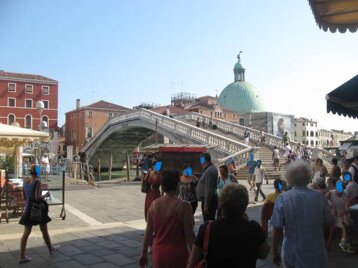
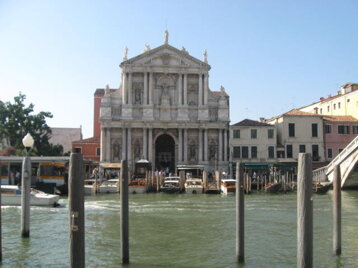
Venice
Venice
Venice
Grand Canal
Ponte degli Scalzi
Church of Santa Maria di Nazareth
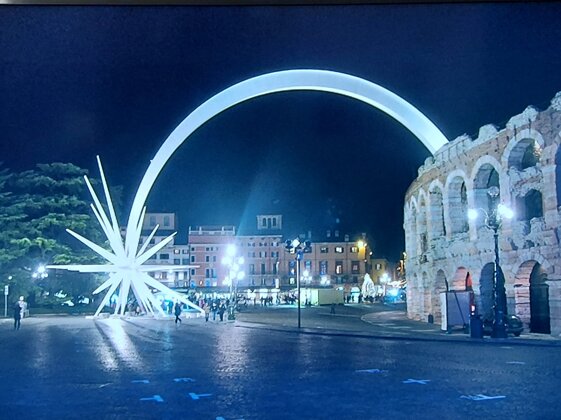
Province of Verona
Area: 3096.76 km² Population: 927,231 Municipalities: 98
Verona: the Arena
Verona: the Arena
travel stories...

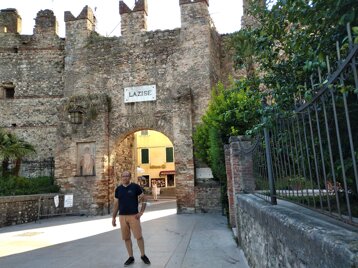

Gardaland
Sommacampagna
Lasize
A few years ago, I spent a summer day in one of the most famous amusement parks in Italy. Everything was easy, from buying tickets online, to the convenient parking, to free access to every attraction. And here comes the fun part, because to get on the little train that goes all around the park, there is an endless line. With a bit of patience, my turn finally comes to enjoy the ride that, for a few minutes, makes me feel like a child again. From there to the Jungle Rapid, where between waterfalls and water sprays shot by cannons operated by spectators, I cool off a bit on this scorching July afternoon. Looking for strong emotions, I get on the Blue Tornado, a "plane" that shakes me, flips me, tosses me around. A break to eat a pizza at one of the many refreshment points inside the park, and then off to try other rides. One of the most exciting attractions was Mammut, a small roller coaster with thrilling stunts. Evening falls, the lights come on and I take a romantic ride on gigantic teacups; one last walk in the Park that slowly empties out and it's time to get back on the highway that takes me home.
A few kilometers from the city of Verona I visited this large agricultural and industrial center. I parked near Villa Bocca Trezza, walking along the very high perimeter wall, and headed towards the nearby town center. Upon reaching the entrance of this eighteenth-century villa, better known here as "Mille e una Rosa," I came across two plaques: one recalls that this place, during the Risorgimento, hosted illustrious figures; during the First War of Independence, the Duke of Genoa Ferdinando of Savoy, son of King Carlo Alberto, and during the Third War of Independence, Alberto Archduke of Austria; a customary photo among the commemorative plaques. A few steps further and I found myself in front of the parish church of Saint Andrew the Apostle, patron of the city. It was lunchtime and nearby I found a trattoria where I could have lunch in the courtyard under a cool pergola. Polenta and cod, finger-licking good; I accompanied them with a glass of Bianco di Custoza, a wine produced from the vineyards around the hamlet of the same name southwest of Sommacampagna. In the afternoon, complete relaxation walking in the shade of the large trees in the park of Villa Venier.
One summer Sunday I visited this village on the Venetian shore of Lake Garda. At the entrance to the town there is a huge parking lot where I left my car. From there, in a couple of minutes I found myself in front of a beautiful city wall, inside of which there is a maze of streets with shops of all kinds. I walk past the parish church dedicated to Saints Zenone and Martino; on the beautiful neoclassical entrance, there are two large niches with statues of Saint John the Baptist and Saint Zeno. I reach Piazza Vittorio Emanuele, the small city lounge at the end of which is the Town Hall, which on the facade facing the small port bears the inscription "Lasize Primo Comune d’Italia". I pass through the Porta del Lion, so called because on the wall there is a marble sculpture depicting the Lion of Saint Mark, symbol of the Most Serene Republic of Venice. After a mint granita, enjoyed in front of the beautiful Scaligero Castle, I lie down on a large concrete bench on the lakeshore; on the horizon, a ferry appears, every minute getting bigger, shuttling from one shore of Lake Garda to the other. It is sunset when I leave the fortified village to return home.

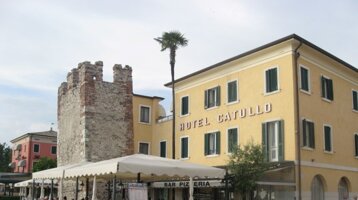
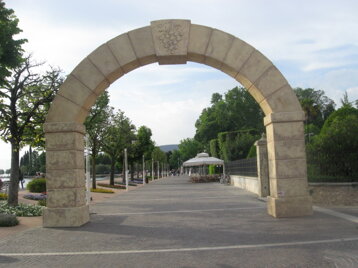
Bardolino
Bardolino
Bardolino
Tourist port on Lake Garda
Hotel Catullo with the remains of the Medieval Fortification on the side
Lungolago Francesco Lenotti
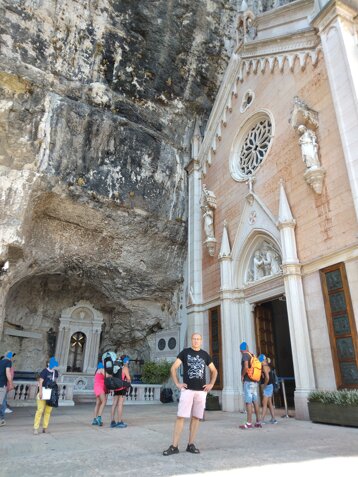


Spiazzi
Verona
Verona
Sanctuary in the rock Madonna della Corona
Juliet's Balcony
Fortified bridge on the Adige River adjacent to the Castelvecchio Fortress
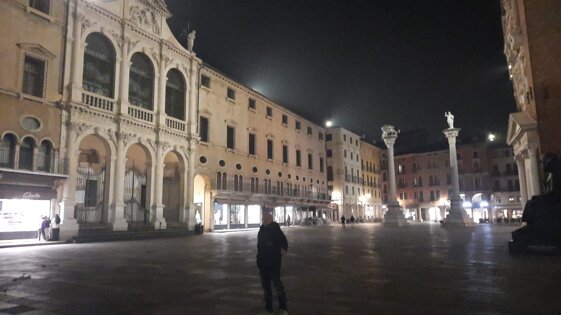
Province of Vicenza
Area: 2720.42 km² Population: 854,568 Municipalities: 113
Vicenza: Piazza dei Signori
Vicenza: Piazza dei Signori
Travel photos...
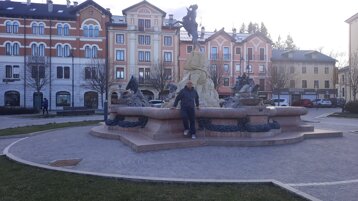
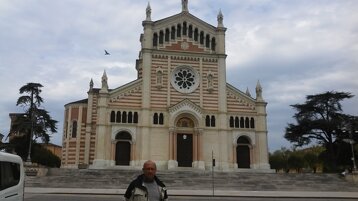

Asiago
Lonigo
Vicenza
Piazza Carli: in the foreground the Fountain of the Faun
Church of the Most Holy Redeemer known as the Cathedral
Captain's Palace